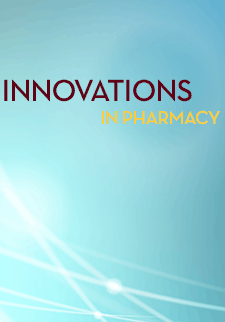Applying the Model for Improvement to a Student-run Quality Improvement Project in a Refugee Center: A Pilot Study
Aleah S. Groman
Wegmans School of Pharmacy, St John Fisher College
Xiaodi N. Chen
Wegmans School of Pharmacy, St John Fisher College
Jill E. Lavigne
Wegmans School of Pharmacy, St John Fisher College
DOI: https://doi.org/10.24926/iip.v11i1.2202
Keywords: Model for improvement, quality, quality improvement, health literacy, numeracy, refugee, Nepal, Burma, pharmacy education, community based participatory research, pharmaceutical care, community pharmacy, medication safety, population based healthcare
Abstract
Due to insufficient communication strategies between healthcare providers and refugees in the United States, this quality improvement project aimed to improve disparity in refugee healthcare. We chose to focus on community pharmacist counseling sessions with refugees in the city of Rochester, New York. The two refugee populations we focused on were the Burmese and Nepali. Due to illiteracy in their native language, the refugees were not receptive to a pamphlet detailing the beneficial roles a pharmacy can have in improving their health and wellbeing. We created a pictorial survey of pharmacies near a refugee center to identify the pharmacies the refugees were utilizing in the area. Once we identified these pharmacies, we created a counseling aid booklet translating common pharmacy language/terms into English, Burmese, and Nepalese languages supported by pictorial diagrams. The counseling aid booklet was evaluated by pharmacists using a satisfaction scale. Overall, the counseling aid booklet was found to be helpful for the pharmacist’s daily interaction with refugee populations. Further plans for the counseling aid booklet include adding more pharmacy counseling terms for common disease states in refugee populations, making the book more inclusive of other languages, and implementation in more community pharmacies and other diverse healthcare settings.
Article Type: Student Project



